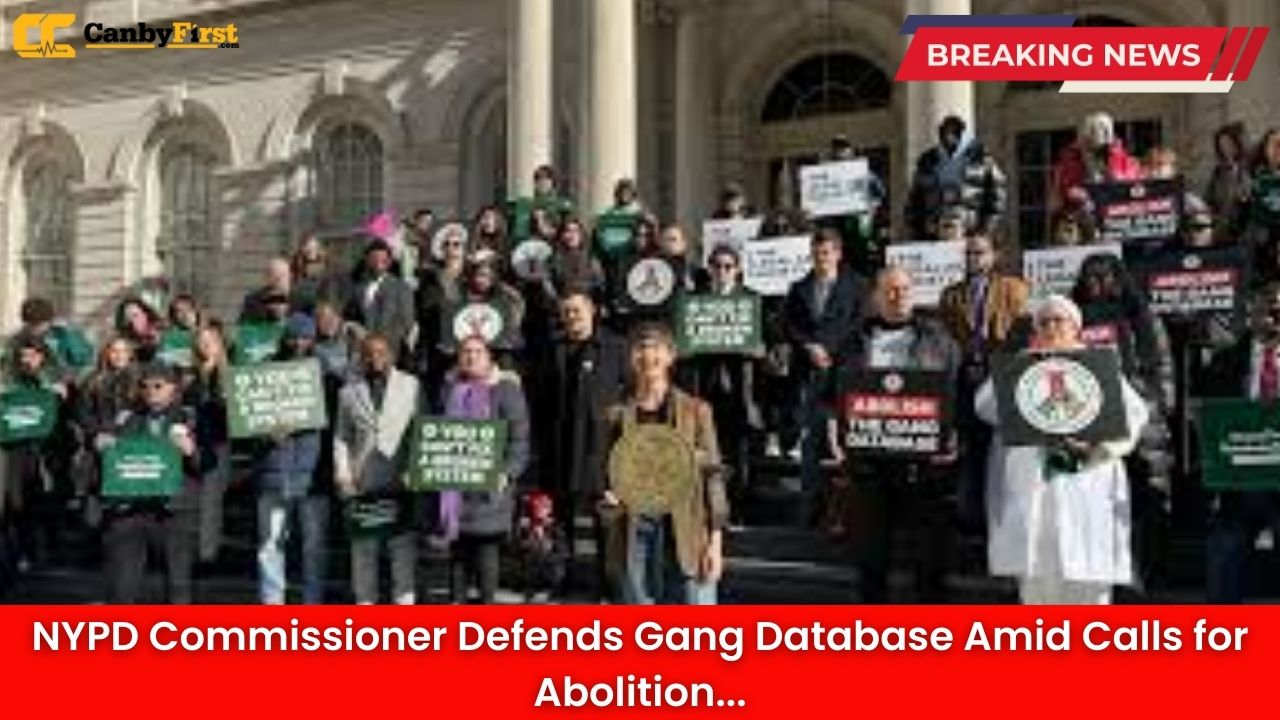New York, US: The New York Police Department’s controversial gang database has become the center of a heated debate after Police Commissioner Jessica Tisch voiced strong support for it, while Assemblymember Zohran Mamdani continues to push for its complete abolition. The clash has reignited public conversation about policing methods, community trust, and the balance between safety and civil liberties.
Commissioner Tisch Praises the Database
In a press briefing this week, Commissioner Jessica Tisch praised the gang database as “an indispensable tool” for law enforcement in combating violent crime across the five boroughs. Tisch highlighted its role in tracking organized criminal activity, aiding investigations, and preventing retaliatory violence.
“Having accurate intelligence gives our officers the ability to step in before violence occurs,” Tisch said. “This database is not about criminalizing communities—it’s about keeping neighborhoods safe.”
Also Read
She emphasized that the database, which contains the names and affiliations of individuals suspected of gang-related activity, is maintained with oversight measures in place and is vital to the NYPD’s broader crime-prevention strategy. According to Tisch, it is used to identify patterns in shootings, robberies, and narcotics trafficking.
Mamdani Calls for Abolition
Despite these assurances, Assemblymember Zohran Mamdani remains one of the loudest voices calling for the gang database to be dismantled. Mamdani, who represents parts of Queens, argues that the system unfairly targets young Black and Latino men, often without substantial evidence or formal charges.
“It’s a criminalization pipeline that begins with suspicion and ends with lives being destroyed,” Mamdani said. “We cannot continue to allow secret lists that disproportionately impact our communities of color under the guise of public safety.”
Mamdani insists that the database undermines trust between law enforcement and the communities they serve. He has proposed legislation aimed at outlawing its use, urging that resources instead be redirected toward community-based violence prevention programs, youth development, and social services.
A Divided Debate: Safety vs. Civil Rights
The debate encapsulates a broader struggle in New York over how to balance effective policing with constitutional protections. Critics of the database argue that individuals can be included based on factors such as clothing, social media posts, or neighborhood associations—criteria they call vague and discriminatory. Civil rights activists have long warned that these practices perpetuate systemic bias, making young men of color more likely to face surveillance and arrest.
Supporters argue that while reforms may be necessary, outright abolition would strip officers of a vital intelligence tool. Law enforcement advocates claim that dismantling the database could make it harder to dismantle violent crews and intervene before shootings occur.
Community Reactions
In neighborhoods across the city, reactions are mixed. Some residents, weary of persistent shootings, back the Commissioner’s position, seeing the database as a necessary part of reducing violence. Others stand firmly with Mamdani, saying the database unfairly stigmatizes their communities and has done little to improve the relationship with police.
“We want safety, but not at the cost of our dignity and freedom,” said one Bronx resident during a community forum this week. “The gang database makes young people feel like suspects just for living where they do.”
What Comes Next
As the dispute intensifies, it is expected that the New York State Legislature will soon take up discussions on the future of the gang database. Tisch has vowed to defend its use, while Mamdani and his supporters are gearing up for a public campaign to abolish it.
The issue is likely to become a flashpoint in upcoming citywide debates over policing reforms, especially as New York continues to grapple with questions of equity and justice in its approach to public safety. For now, the city stands at a crossroads—caught between two visions of what the future of law enforcement should look like.












